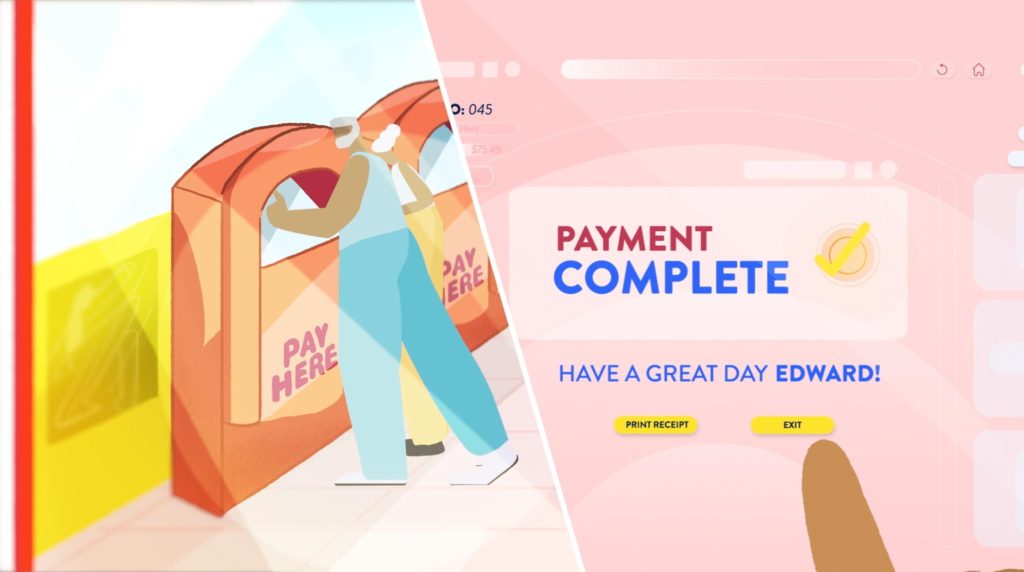In the landscape of constantly evolving tech, new apps, and complex processes, animated explainer videos are a great way to convey information in a way that’s simple, fast, and effective. A great animated explainer video does two things: 1. Educates your audience on a process or offering. 2. Further defines the brand behind it. In this article, we’ll cover some key features to keep in mind when creating an explainer, to assure that your video does the most for you.

What Needs Explaining?
An animated explainer is an excellent tool to simplify complex processes, add a visual element to an abstract concept, or to just walk your audience through the basics of a topic. Typically, explainers either focus on services or products. Depending on what your business needs, the style of “explaining” may run a bit differently.
Animated Explainers for a Service
Maybe your business model hinges on a process that could use a clear guide for newcomers. Service explainers are usually framed as step-by-step walk throughs. In a video like this acne clinic service explainer, the video follows the customer journey to show exactly what the service will be like for future users.
Animated Explainers for a Product
Maybe you sell a product that could use a clearly laid out description. Product explainers are typically driven by highlighting its main features and use cases. For example, this collagen product explainer is focused on defining collagen, while showcasing how buyers can take it and why it’s useful.
What’s the Tone?
There are a range of tones that can drive an explainer video home, depending on the subject and its complexity. As a general rule, the more complex the service/product, the more direct the tone should be. The goal in those complex cases should be to simplify as much as possible, so everything from tone, to text, to voiceover, to visuals should follow that simplistic style. For example, this Baltimore-based animator, Justin Tillery, crafted a complex, engaging, and digestible tech-focused survey video where he put a complicated issue into common speech and easy-to-understand visuals, making the viewing experience easy.
However, some explainers with simpler subjects have more room to play with tone. Especially if the service or product is filling a much needed gap, or if the brand has an especially defined feel, it can be highly effective to infuse a heightened tone into the video. Like in this explainer about smartphone games, the tone is light, energized, and playful, to match its topic.
Who Are We Explaining to?
The reason we ask is because it is essential to know how much your audience knows. If your video is targeted toward people in a certain industry, there are assumptions that the production team can make about what aspects of this process/product the audience already knows. However, a video that is targeted more generally, or used as an ad, will likely need to spend more time laying the groundwork of the topic for a wider audience.

Take This Branding Opportunity
Though the focus of these videos is on explaining your product or service, an explainer is still a perfect chance to further define your brand. For example, in our Tonic video, we pumped the video with Tonic’s colors, images of their packaging, and an overall tone that spoke to their brand. No matter how complex the process, ask your production team to find ways to permeate your brand into the video.
By considering these features of your animated explainer, you will find the most effective way to educate your viewers, while also furthering your brand’s presence. Our team has even created a creative questionnaire that we send to our clients before we start building their animated explainers. This allows us to quickly assess what a client needs and how to approach their video. Even better, it helps our clients solidify what they want out of the project, and gives them a clear idea of what their video can do for them.
Written by Stephen Kipp| Head Writer



